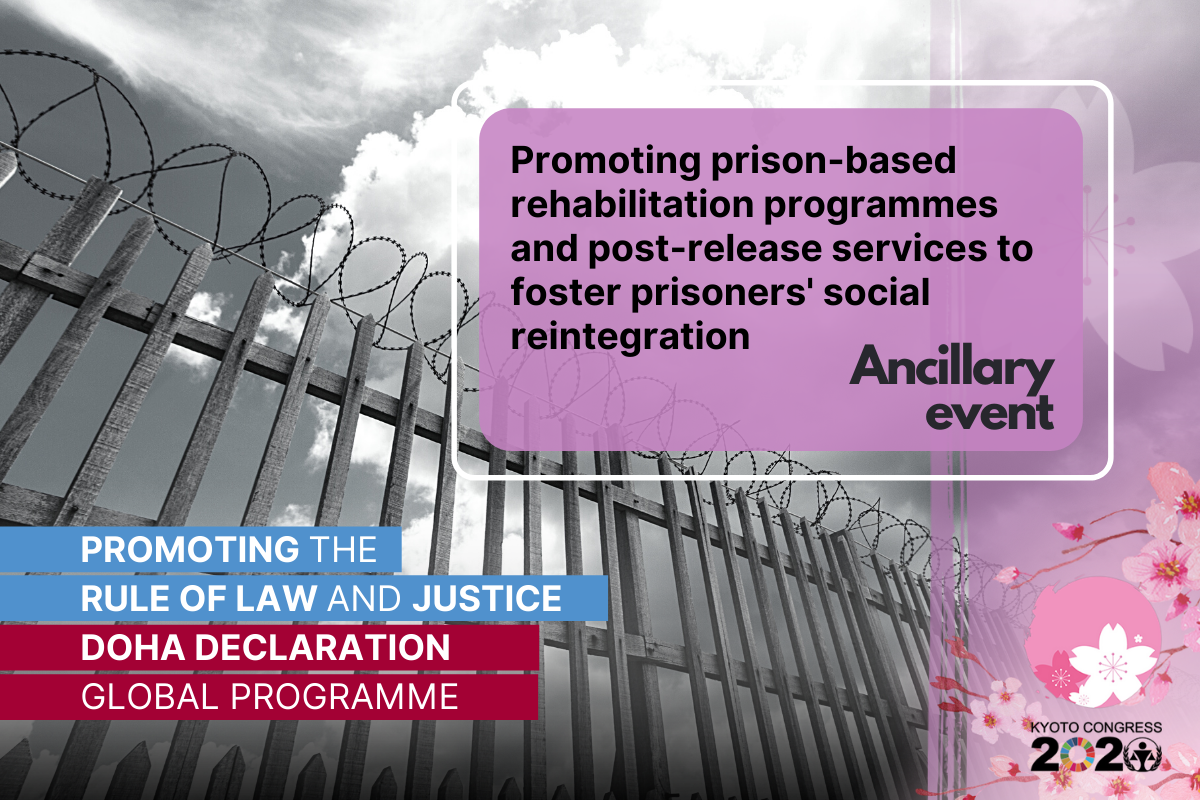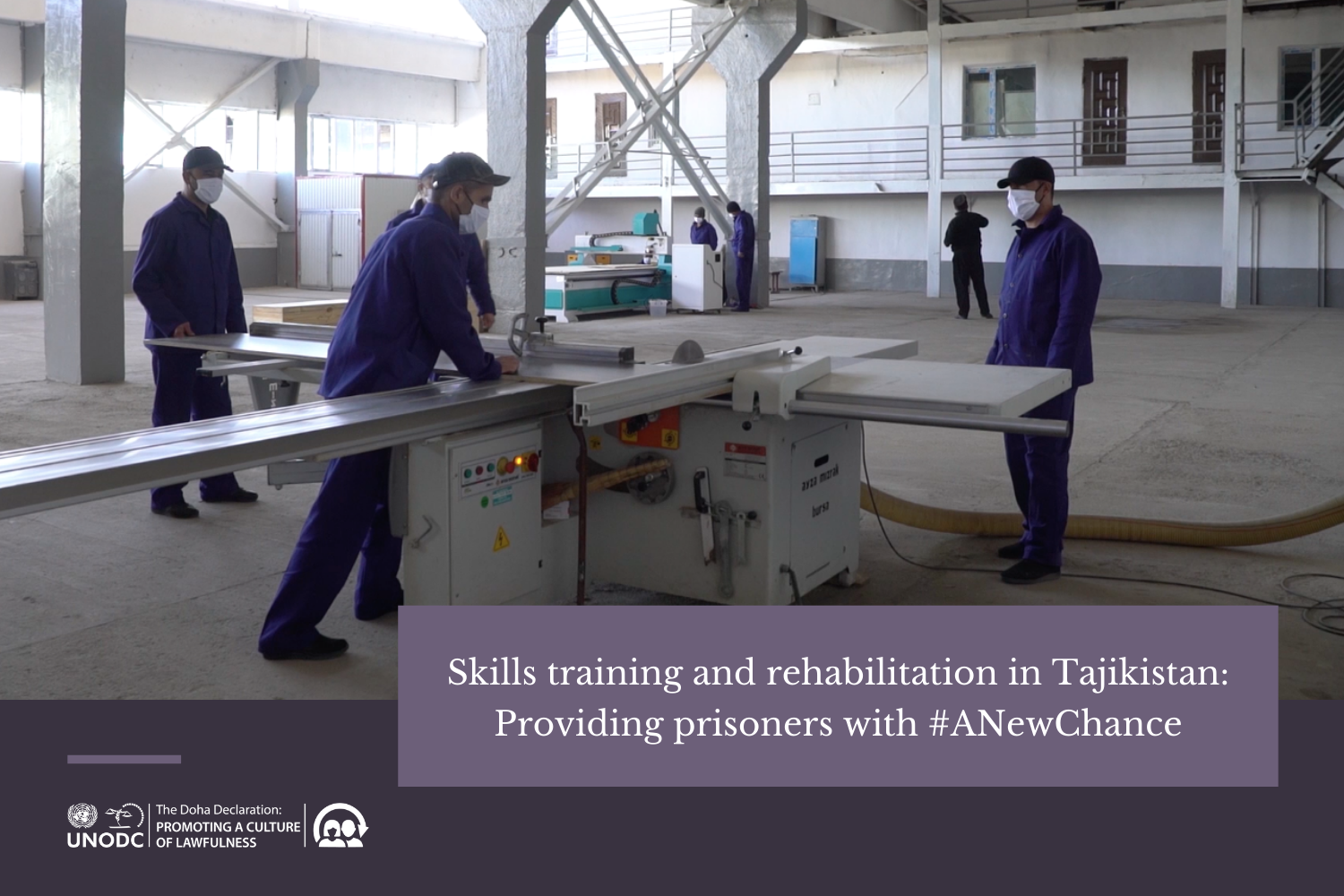Promoting a more humane criminal justice system, UNODC launches brand new prisoner classification guide
12 June 2020 – With nearly 11 million people incarcerated at any given time across the globe, prison management and the treatment of prisoners are two essential areas within the criminal justice system. Critically, to ensure that imprisonment is used as an opportunity to correct rather than punish, prison administrations must be able to correctly classify prisoners – an important move which helps bolster their ability to rehabilitate and reduce reoffending.
Being able to correctly classify prisoners impacts an array of prison management aspects: among others, it best determines the assessment of risks and the needs of inmates to determine their proper placement and the type of rehabilitation programmes they should be enrolled in; it improves the safety and security of prisoners, prison staff and the general public; it bolsters the humane and human rights-based custody of prisoners; it provides the ability to individualize cases and sentence planning; and, ultimately, it builds a more effective way of operating a prison system.
With this in mind, UNODC has released a brand new, comprehensive tool to provide practical information and guidance in support of prison administrations looking to develop effective national approaches. Drawing from classification experience shared by numerous countries and coupled with UNODC’s extensive knowledge in prison management, the Handbook on the Classification of Prisoners offers practical, evidence-based information and guidelines to assist in the implementation of an effective system of prisoner classification. To ensure this type of classification factors in recognized key international standard and norms, it is also developed in line with the United Nations Standard Minimum Rules for the Treatment of Prisoners (the Nelson Mandela Rules) and the United Nations Rules for the Treatment of Women Prisoners and Non-custodial Measures for Women Offenders (the Bangkok Rules).
While primarily designed for prison officers, it is also intended to be a useful resource guide for other criminal justice officials and parties involved in the criminal justice system. Covering five chapters, the Handbook looks at the overall importance of prisoner classification; the key factors in this area; approaches taken so far; principles and components to be aware of; and the final development and implementation of a prisoner classification system.
The Handbook is the latest in a range of tools developed by UNODC as part of the Doha Declaration Global Programme, all aimed at fostering a more rehabilitative approach to prison management. Other resources complementing this latest Handbook include those on building prison-based rehabilitation programmes, tackling corruption in prisons, preventing recidivism and boosting the social reintegration of offenders, and creating a brand of prison products.
Additional information:
Prisoner rehabilitation
Related publications


